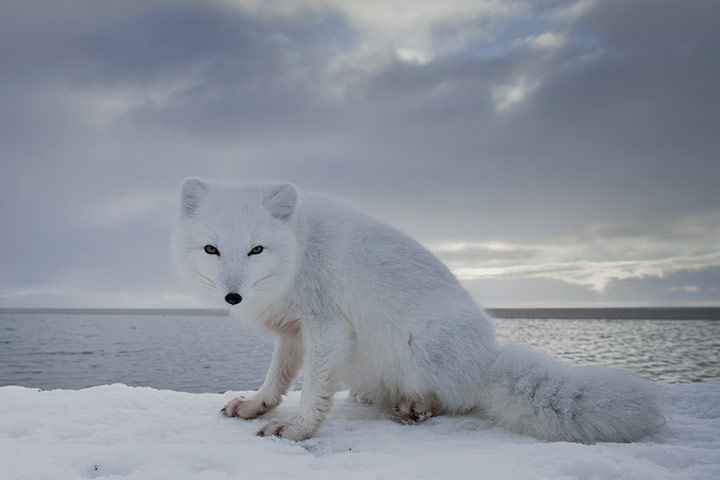TOP STORIES
Devastating disease spreads from fish to other marine species at Gladstone
The sickness plaguing a central Queensland fishery has spread to prawns and other species. There is no end in sight to the crisis which has decimated the fishing industry in the burgeoning port of Gladstone.
The State Government has yet to release the full results of tests into a red parasite found in barramundi and sharks. Now fishermen say the disease has spread to a range of fish as well as prawns and turtles.
The Courier-Mail has witnessed the crisis first-hand. A tour of the harbour revealed prawns with pea-sized tumours and deformed fish, a dead turtle as well as several other turtles appearing sick and distressed.
While the Government has denied claims that dozens of turtles were found dead near Curtis Island last weekend, commercial fishermen believe the harbour is sick and dying.
21 Nov 2011
Location: Gladstone, Australia - Map It

>>> FULL ARTICLE
A disease-carrying bullfrog straddles a cultural divide
Miles Young strode down a narrow passageway in a bustling Chinatown fish market, methodically scanning aquariums and plastic bins filled with hundreds of live frogs selling for $3.99 a pound.
They were imported from frog farms in Taiwan, the environmental activist and former game warden said.
The species is particularly susceptible to a skin fungus linked to vanishing amphibians around the world. And the conditions in which bullfrogs are raised, transported and sold are ideal breeding grounds for the fungus and its waterborne zoospores.
"It should be against the law to bring diseased nonnative animals into California," he grumbled. "But every time someone proposes a ban on bullfrogs, politics gets in the way and nothing gets done."
Batrachochytrium dendrobatidis is a chytrid fungus that was first identified in 1998 and is thought to have originated in Japan. It causes a thickening of the skin, which impairs gas exchange and the animal's ability to absorb water, triggering rapid mass die-offs of frog populations.
Bullfrogs carry the fungus but do not die from it. Most of the millions of bullfrogs imported to California each year for use in the food, pet and dissection trades are infected with the fungus, according to several recent studies.
The disease can spread to native frog populations if an infected frog escapes captivity or is set free, or if the water from its holding tank is released into the environment.
 Reported Wildlife Mortality Events to the USGS National Wildlife Health Center Updated
Reported Wildlife Mortality Events to the USGS National Wildlife Health Center UpdatedUSGS and a network of partners across the country work on documenting wildlife mortality events in order to provide timely and accurate information on locations, species and causes of death.
This information was updated on Nov 10, 2011 on the USGS National Wildlife Health Center web page, New and Ongoing Wildlife Mortality Events Nationwide.
Quarterly Mortality Reports are also available from this page. These reports go back to 1995.
10 Nov 2011
Location:USA
OTHER WILDLIFE HEALTH RELATED NEWS
Photo courtesy of The Guardian's Week in Wildlife
 Predicting Future Threats for Global Amphibian Biodiversity
Predicting Future Threats for Global Amphibian Biodiversity- ProMED: Anthrax, wildlife - Zambia, Zimbabwe (Zimbabwe - Map It
 , Zambia - Map It
, Zambia - Map It  )
) - Ship collisions threaten whales along Kerala coast (Kerala, India)
- Wild birds to be released as New Zealand oil clean-up progresses
- Autumn's birds delay migration (United Kingdom)




